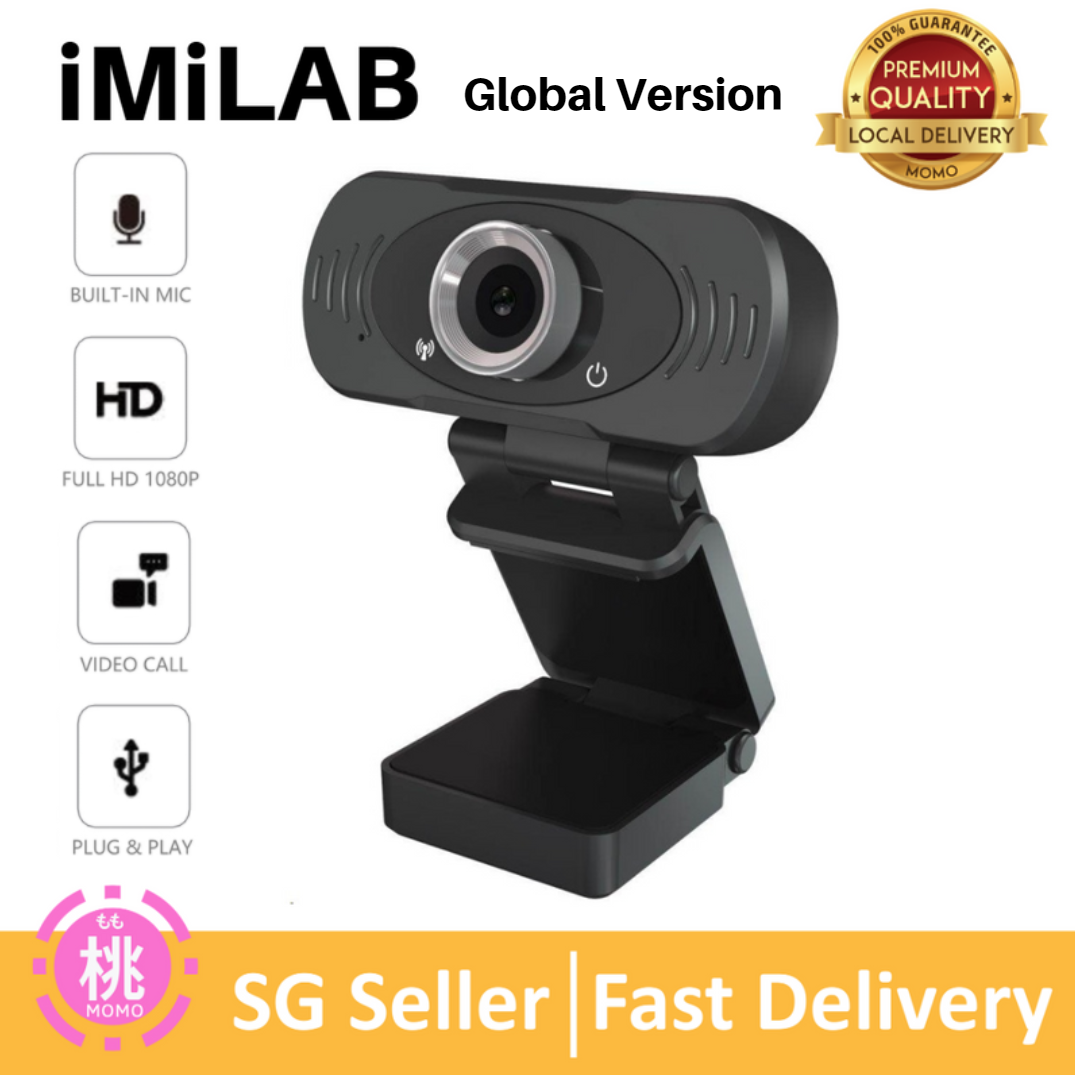

How does client-side rendering (CSR) work? This can make SSR-enabled sites not very intuitive or easy to use. The browser erases some content from the background tabs, which is similar to what happens when you keep too many tabs open. The user may also need to reload full pages multiple times. Since each request is processed individually, there are frequent requests to the server. However, SSR comes with a few disadvantages. The initial page load time under SSR is also faster, which is a must-have for consumer apps. Using SSR helps Google crawl the site for better SEO. While the crawler has improved over time, it still faces some challenges and may not index exactly what is rendered. One of the most significant benefits of SSR is that it helps Google's SEO "spiders" crawl your site more effectively. For example, when someone hovers over your Facebook link, they can see what your business is about, giving potential customers a sneak peek into your site. These previews appear when you hover over a link on these sites. Applications that show website previews, like Facebook and LinkedIn, rely on SSR. SSR is commonly used in consumer-facing apps. Similarly, SSR is more effective for applications with less dynamic data. Due to this, SSR is ideal for sites that have very few pages or features and operates with a simple user interface. Under SSR, every time a user makes a request on the webpage, the browser makes a new request to the server. The location will also play a role in determining page load speed. The network connection speed and the number of users trying to access the site will impact its performance. The performance of a site that uses server-side rendering depends on a few factors.

For example, when you go to a site like WordPress, the page loads from content through HTTP, fully rendered on the server. It allows developers to pre-populate a web page with custom data. It is supported by the primary function of converting HTML files in the server to be used on the browser. The entire process between the request and sending the HTML file to the user takes milliseconds. The server sends an HTML file through the internet, which is then rendered viewable and interactable by the browser. In server-side rendering, the user's browser makes a request containing their data to the server that holds the website content.

How does server-side rendering (SSR) work? This guide will look at both methods, what you can expect from each one, and their pros and cons so you can make an informed choice. Changing from one type of rendering to another is not as simple as you'd think, and you need to think it through thoroughly when you choose a rendering method as part of building a site. Dynamic pages allow for more interaction, making each webpage work like a mobile or desktop application. However, as websites have become more dynamic, client-side rendering has gained momentum. In the earlier days of the internet, server-side rendering was the standard way to get the HTML on the screen. Along with customers' online habits, the way browsers render HTML has also evolved. We can now shop, interact, and engage with companies from our screens. Websites have evolved a lot since the first sites went online almost 30 years ago.


 0 kommentar(er)
0 kommentar(er)
